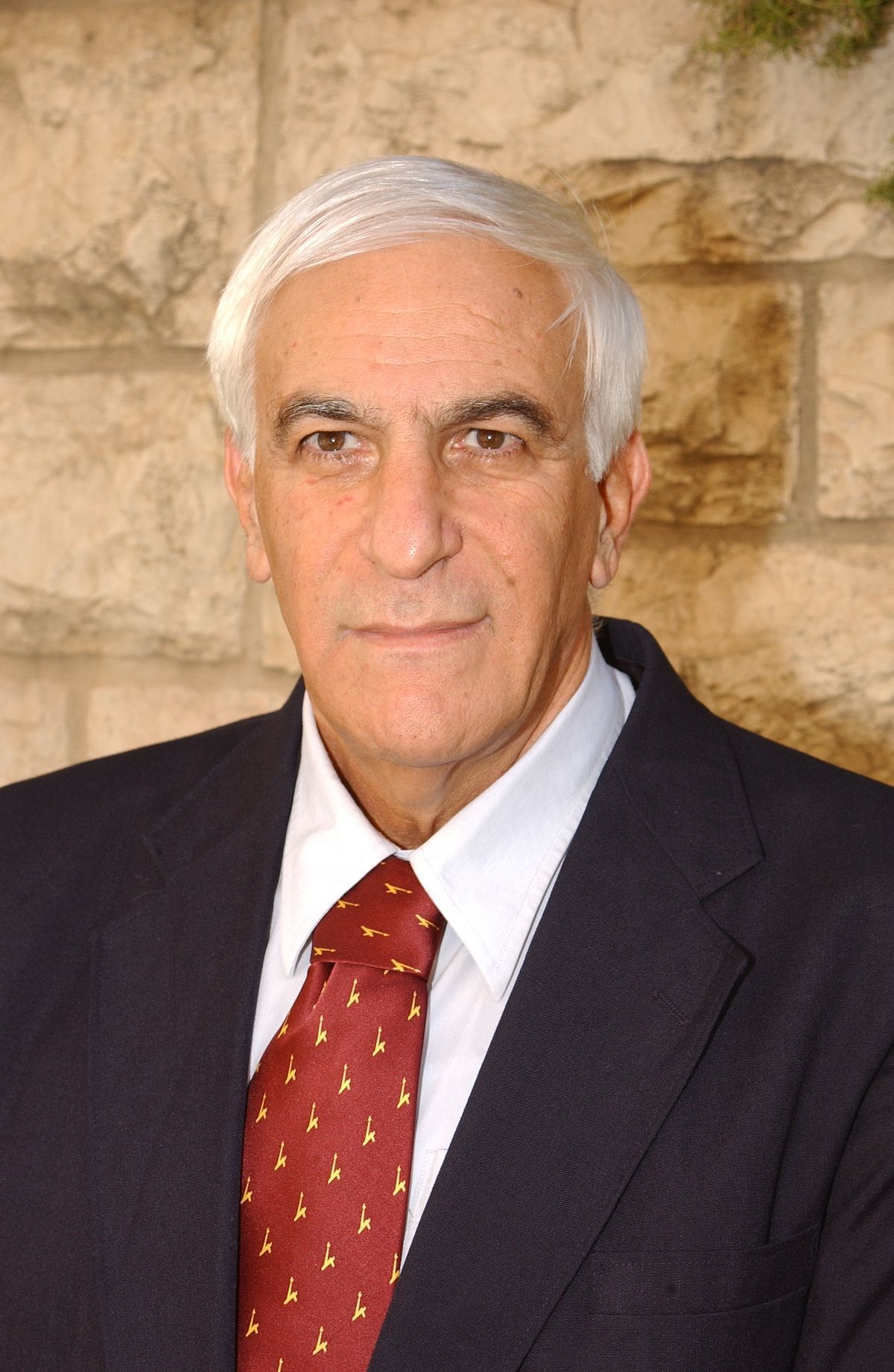Profile

Prof. Ehud Razin received his B.Sc.in Biology and M.Sc. in Microbiology from the Hebrew University and his Ph.D. in Immunology from the Weizmann Institute of Science, Rehovot, Israel. Prof. Razin has for many years been a major contributor and leading scientist in the field of mast cell biology. In 1980, while most investigators used rat peritoneal mast cells as a model for study their function, he successfully developed a cultured mouse bone marrow derived system as a mast cells model1. This system still serves as the main tool for studying mast cell function. Prof. Razin’s long term goal has been to try to ascertain the regulation of gene transcription in mast cells due to their interaction with their growth factors and in response to trigger by immunological stimulus through their surface FCεRI receptors. His team has explored the relationship between aggregation of mast cell surface receptors and AP-1, USF2 and microphthalmia transcription factor (MITF) transcriptional activity. Prof. Razin continued to push the mast cell field ahead by discovering few years ago a new signaling pathway in mast cells and other cells which directly involved in gene regulation. His team observed that in variety of cells LysRS forms a complex with either MITF or USF2, while Ap4A produced by LysRS causes the release of Hint-1 from these two transcription factors. As Hint-1 suppresses the transcriptional activity of MITF and USF2 in these cells, Ap4A could act as a general regulator of the transcriptional activity of transcription factors belonging to the HLH family of proteins2 3. His team also researches the molecular mechanisms of the inhibition of MITF and STAT3 transcriptional activity by PIAS34 5 6. Other aspects of Prof. Razin’s mast cell research include the dependence of Bcl-2 on its association with HSP90β for its anti-apoptotic function in mast cells7. Recently Prof. Razin has added an exciting new direction to his laboratory’s research by investigating MITF’s functions in the heart8. A role of MITF in cardiac hypertrophy has being demonstrated and the cardiac isoforms of MITF have been characterized.